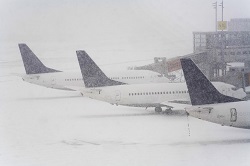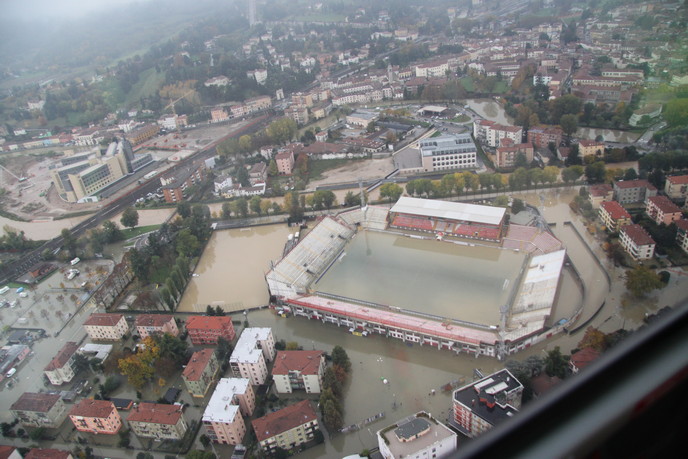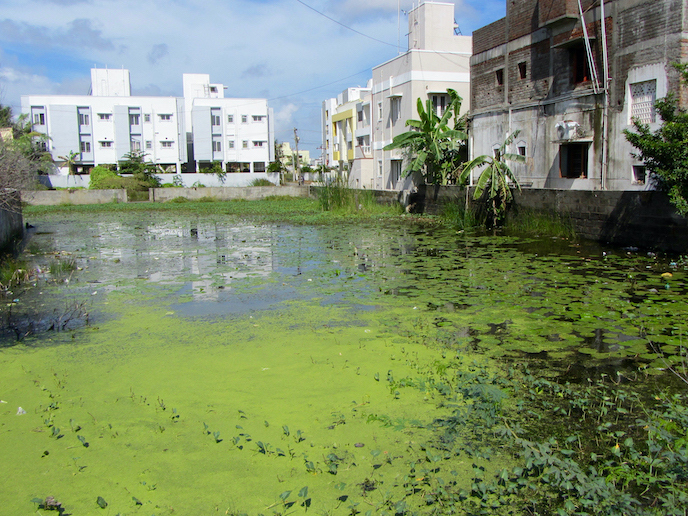Improving estimates of surface emissivity over the poles
It has been predicted that the effects of climate change may be felt the most at the Earth's poles. Unfortunately, both current and historical meteorological data for these remote regions is extremely limited. This has provided significant motivation to exploit Earth observation (EO) data collected by satellites. Atmospheric physicists with the University of Bremen coordinated a multinational research effort aimed at delivering new EO products for polar regions. During the project, entitled IOMASA, a novel algorithm was developed to produce estimates of surface emissivity from Advanced microwave sounding unit (AMSU) radiometers aboard National Oceanic and Atmospheric Administration satellites. The first step involved initiating a radiative transfer model with upper air data from the European Centre for Medium-range Weather Forecasts. The predicted atmospheric brightness temperature was then compared against the actual brightness temperature recorded by the AMSU, after which the surface emissivity could be properly determined. Surface emissivity is an important component governing the Earth's energy balance. Therefore, more accurate estimates of this critical variable, particularly over the poles, could help improve the performance of global climate models.







